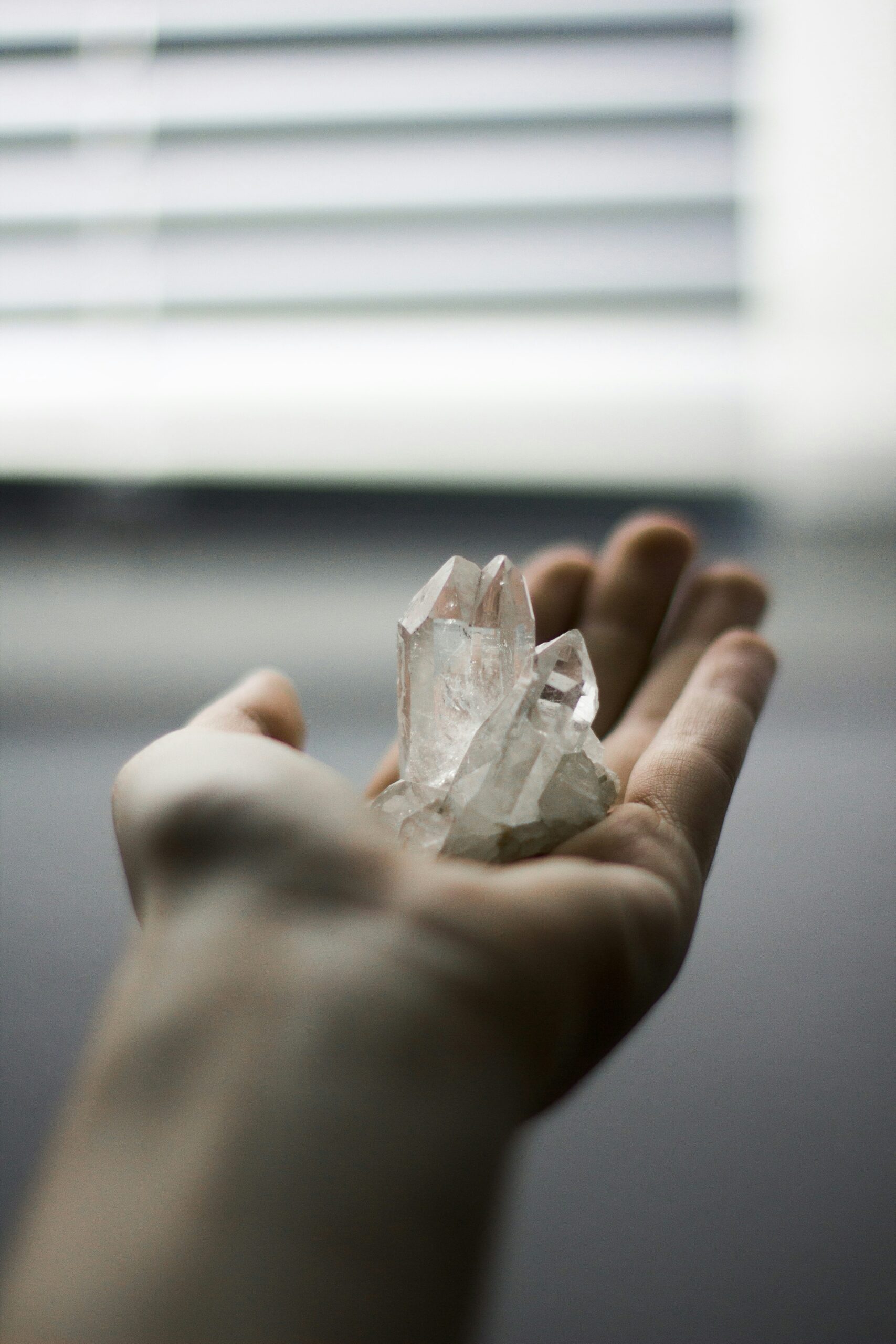Frostnip, a mild form of frostbite, occurs when your skin is exposed to extreme cold temperatures. While it may not be as severe as its counterpart, have you ever wondered how long does it take for frostnip to heal? For sure, it requires proper care and attention to achieve a full recovery.
In this article, we’ll explore the timeline of frostnip healing and provide useful tips on how to accelerate the process. Whether you’ve experienced frostnip before or simply want to be prepared, read on to discover the answers you’ve been seeking.

Overview of Frostnip
What is frostnip?
Frostnip is a mild form of cold-related injury that occurs when the skin and underlying tissues are exposed to freezing temperatures for an extended period of time. Unlike frostbite, which involves damage to the deeper layers of tissue, frostnip only affects the surface layers. It is important to recognize and treat frostnip promptly to prevent further damage and complications.
Causes of frostnip
Frostnip typically occurs in cold weather conditions when the body’s extremities, such as the fingers, toes, ears, or nose, are exposed to freezing temperatures. Factors that increase the risk of frostnip include inadequate protection from cold weather, prolonged exposure to cold without proper insulation, and damp or wet clothing. Wind chill can also exacerbate the effects of cold temperatures on the skin.
Symptoms of frostnip
The early signs of frostnip may be subtle but should not be ignored. You may initially experience numbness, tingling, or a pins-and-needles sensation in the affected area. The skin may appear pale or white and feel firm to the touch. As frostnip progresses, the skin may develop a waxy texture and become red or mottled. It is crucial to pay attention to these symptoms and seek treatment to prevent further damage.
Treatment and Care for Frostnip
Seeking medical attention
If you suspect you have frostnip, it is important to seek medical attention to ensure an accurate diagnosis and appropriate treatment. A healthcare provider can assess the severity of the frostnip and provide guidance on further care.
Removing from the cold
The first step in treating frostnip is to remove yourself from the cold environment. Seek shelter indoors or move to a warmer location as soon as possible. This will help prevent further exposure and minimize the risk of frostbite.
Avoiding rewarming too quickly
While it may be tempting to warm the affected area rapidly, it is important to avoid excessive heating. Rapid rewarming can cause further tissue damage and worsen the condition. Instead, gently warm the affected area with warm (not hot) water or by placing it against your skin. Gradual and controlled rewarming is key to promoting healing.
Keeping the affected area dry and clean
Once the affected area has been warmed, it is crucial to keep it clean and dry. Moisture can worsen the condition and increase the risk of infection. Avoid direct contact with damp or wet surfaces, and consider using a sterile dressing to protect the area.
Factors Affecting Healing Time for Frostnip
Severity of frostnip
The severity of frostnip can vary, and this can impact healing time. Mild cases of frostnip may resolve relatively quickly with minimal intervention, while more severe cases may require a longer healing period.
Extent of tissue damage
The extent of tissue damage caused by frostnip can also affect healing time. In cases where the frostnip has only affected the superficial layers of skin, healing may occur more rapidly. However, if deeper tissues have been affected, the healing process may be extended.
Individual’s overall health
An individual’s overall health can play a role in the healing time of frostnip. Those with underlying health conditions or compromised immune systems may experience a slower healing process. Maintaining a healthy lifestyle, including a balanced diet and regular exercise, can support the healing process.
Effective treatment and care
The prompt and appropriate treatment of frostnip can significantly impact healing time. Following recommended treatment protocols, such as keeping the affected area clean and protected, can promote faster healing and reduce the risk of complications.
Typical Healing Time for Frostnip
Initial recovery phase
In most cases, frostnip begins to improve within hours to days after appropriate treatment is initiated. During the initial recovery phase, the affected area may still be sensitive and slightly swollen. It is important to continue following the recommended treatment and care plan during this time.
Complete healing time
Complete healing time for frostnip can vary depending on the factors mentioned earlier, such as the severity of the frostnip and extent of tissue damage. In general, mild cases of frostnip may fully heal within a few weeks, while more severe cases may take several months. It is important to be patient and allow the body ample time to heal.

Recovery Tips and Recommendations
Following healthcare provider’s instructions
To ensure optimal recovery, it is essential to follow the instructions provided by your healthcare provider. This may include keeping the affected area clean, applying prescribed ointments or dressings, and attending any necessary follow-up appointments. Adhering to these instructions will help promote healing and reduce the risk of complications.
Managing pain and discomfort
During the healing process, you may experience pain or discomfort in the affected area. Over-the-counter pain relievers, such as acetaminophen or ibuprofen, can help alleviate these symptoms. It is important to consult with your healthcare provider before taking any medication to ensure it is safe and appropriate for you.
Protecting affected area from further injury
While recovering from frostnip, it is crucial to protect the affected area from further injury. Avoid activities or environments that may expose the area to extreme cold or excessive pressure. Wearing appropriate protective gear, such as warm gloves or footwear, can help prevent re-injury.
Preventing future frostnip
To prevent future episodes of frostnip, it is important to dress appropriately in cold weather. Layer clothing to provide insulation, and pay particular attention to protecting the extremities. Use warming equipment or techniques, such as hand warmers or insulated boots, when engaging in outdoor activities. Remember to limit your exposure to cold and seek shelter when necessary.
Potential Complications and Long-Term Effects
Delayed healing or complications
In some cases, the healing process of frostnip may be delayed or complications may arise. This can occur if the initial treatment and care were not sufficient or if the frostnip was more severe than originally thought. If you experience prolonged pain, worsening symptoms, or signs of infection, it is important to seek medical attention promptly.
Altered sensation or nerve damage
Nerve damage is a potential long-term effect of frostnip. In some cases, individuals may experience altered sensation, such as decreased sensitivity or numbness, in the affected area. This can affect daily activities and may require further medical intervention.
Increased risk of frostbite in the future
Experiencing frostnip increases the likelihood of future cold-related injuries, including frostbite. It is crucial to take steps to prevent frostnip and frostbite to minimize the risk of long-term complications and ensure your overall well-being.
When to Seek Medical Help
Severe frostnip symptoms
If you experience severe symptoms of frostnip, such as intense pain, blistering, or blackened skin, you should seek medical help immediately. These symptoms may indicate more severe tissue damage and require prompt intervention.
No improvement or worsening of symptoms
If your symptoms do not improve within a reasonable period of time or if they worsen despite following recommended treatment, it is important to consult with a healthcare provider. They can assess your condition and provide further guidance.
Signs of frostbite
If you notice signs of frostbite, such as the formation of blisters filled with fluid, blackened or darkened skin, or a complete loss of sensation in the affected area, it is crucial to seek immediate medical attention. Frostbite is a more severe condition that requires urgent treatment.
Preventing Frostnip
Dressing properly in cold weather
To prevent frostnip, it is essential to dress appropriately in cold weather. Wear multiple layers of clothing to provide insulation, with a focus on protecting the extremities. Opt for moisture-wicking fabrics to keep the skin dry and avoid cotton, as it retains moisture.
Using warming equipment or techniques
When exposed to cold environments, using warming equipment or techniques can help prevent frostnip. Hand warmers, foot warmers, and heated clothing can provide additional warmth to the extremities. Additionally, employing techniques such as wiggling fingers and toes or performing light exercises can promote blood circulation and keep the body warm.
Avoiding excessive exposure to cold
Excessive exposure to cold increases the risk of frostnip. Limit your time outdoors in extreme temperatures and seek shelter when necessary. Pay attention to weather forecasts and plan activities accordingly to reduce the risk of cold-related injuries.
Importance of Timely Treatment
Prevent progression to frostbite
One of the key reasons for timely treatment of frostnip is to prevent its progression to frostbite. Frostnip acts as a warning sign, indicating that the tissues are not sufficiently protected from the cold. Addressing frostnip promptly can prevent more severe tissue damage and potential complications associated with frostbite.
Promote faster and more complete healing
Timely treatment of frostnip can also promote faster and more complete healing. By providing the appropriate care and following the recommended treatment plan, you can support the body’s natural healing processes and minimize the risk of long-term effects.
How Long Does It Take For Frostnip To Heal?
In conclusion, frostnip is a mild cold-related injury that requires prompt attention and appropriate care. Recognizing the symptoms and seeking medical help are crucial steps in the healing process.
With timely treatment, proper care, and preventive measures, individuals can recover from frostnip and reduce the risk of future cold-related injuries. Remember to dress appropriately, protect yourself from the cold, and prioritize your overall well-being when in cold weather conditions.
We really hope our article about How Long Does It Take For Frostnip To Heal helped you and provided the information you needed. Why not check out ‘Why Does Frostbite Occur In Mountain Climbers’ for more great reading.
